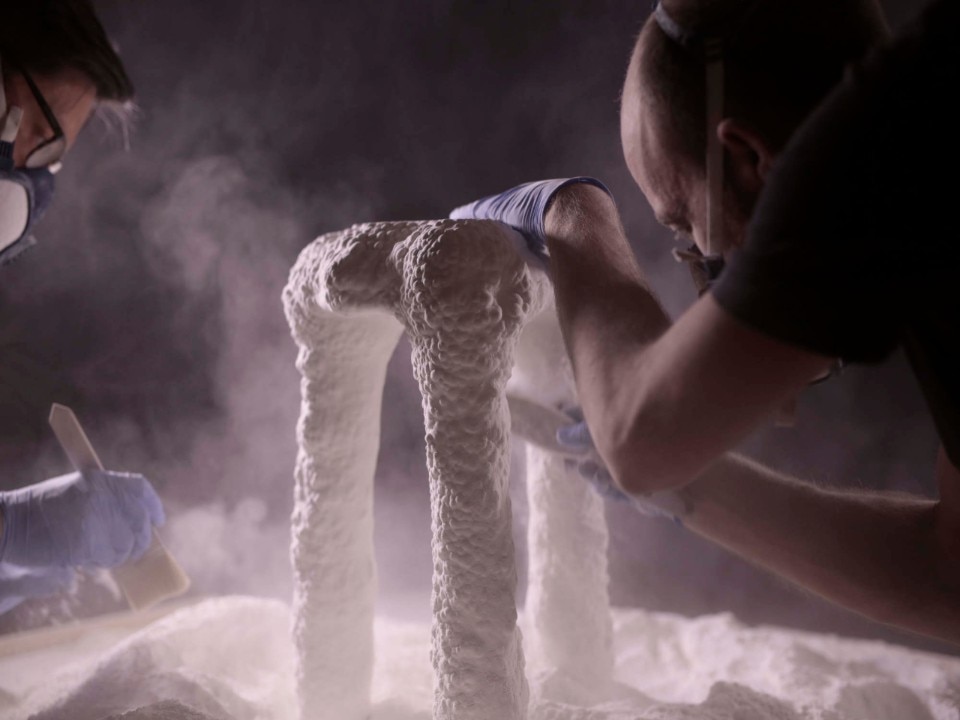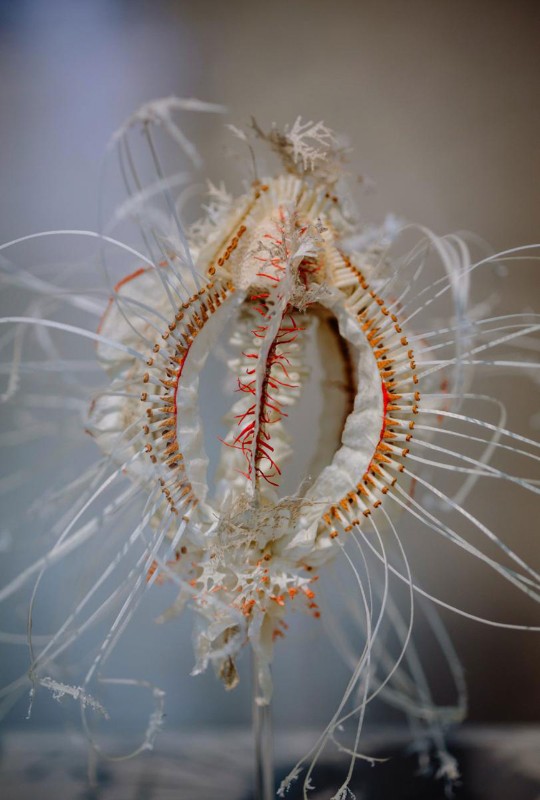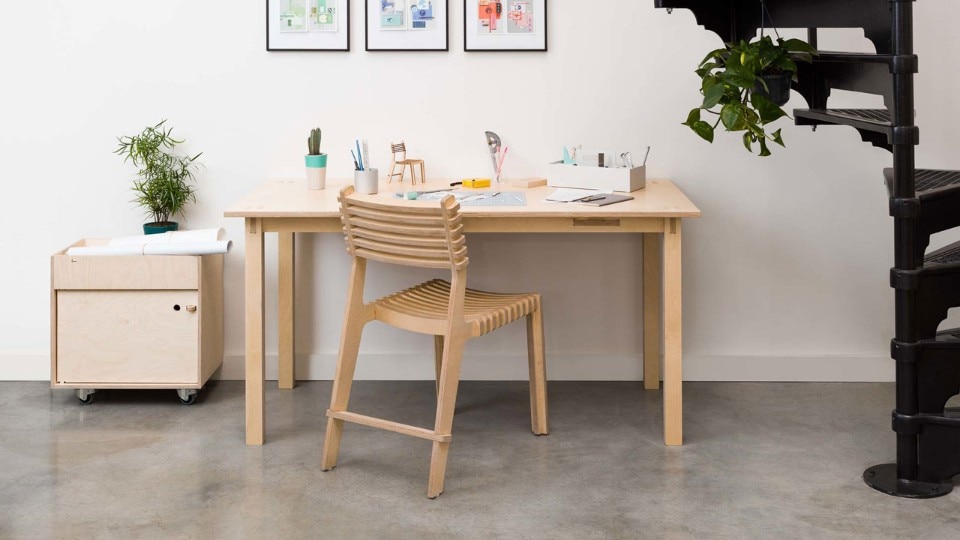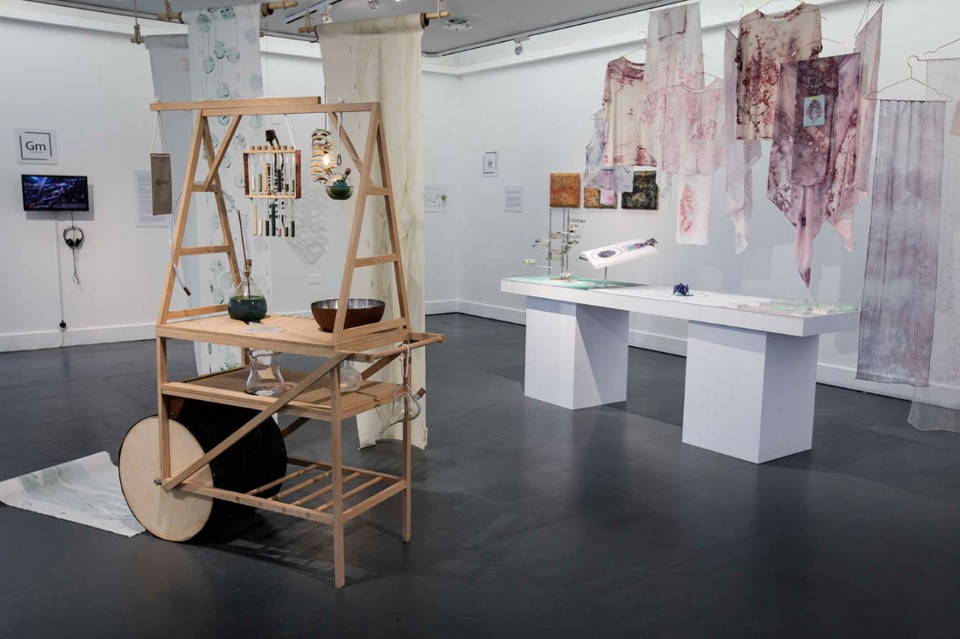What is contemporary craftwork? This interesting notion is being discussed all over the world, including Italy. An explanation of crafts’ current evolution was given by Annie Warburton, the creative director of the British Crafts Council, at the Triennale di Milano. Her talk reviewed the expansive journey that has begun between artisanship and manufacturing.
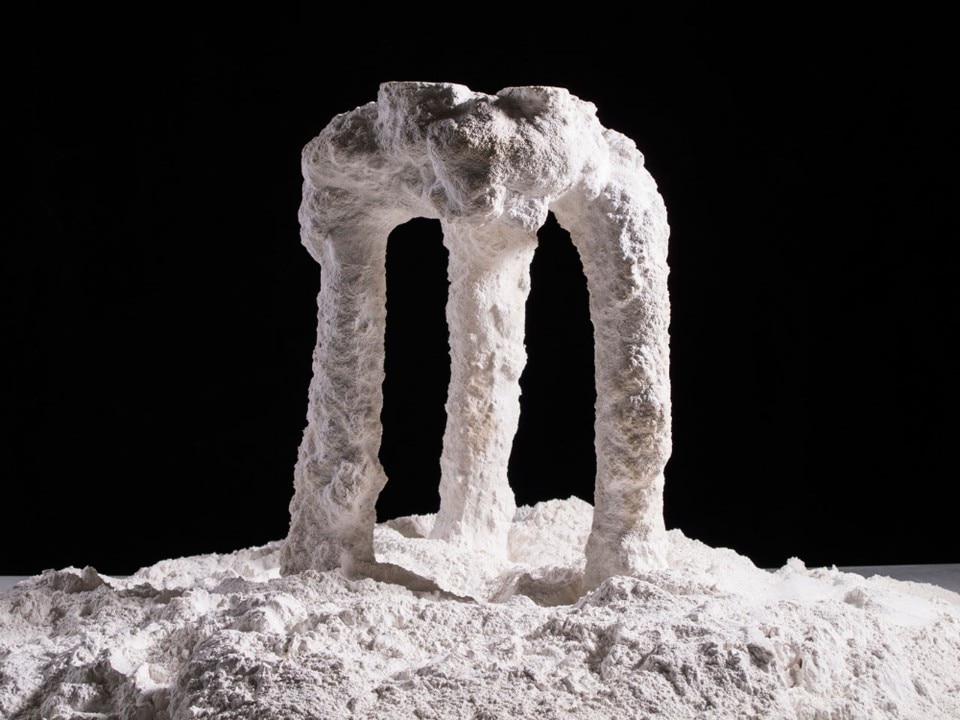
 View gallery
View gallery

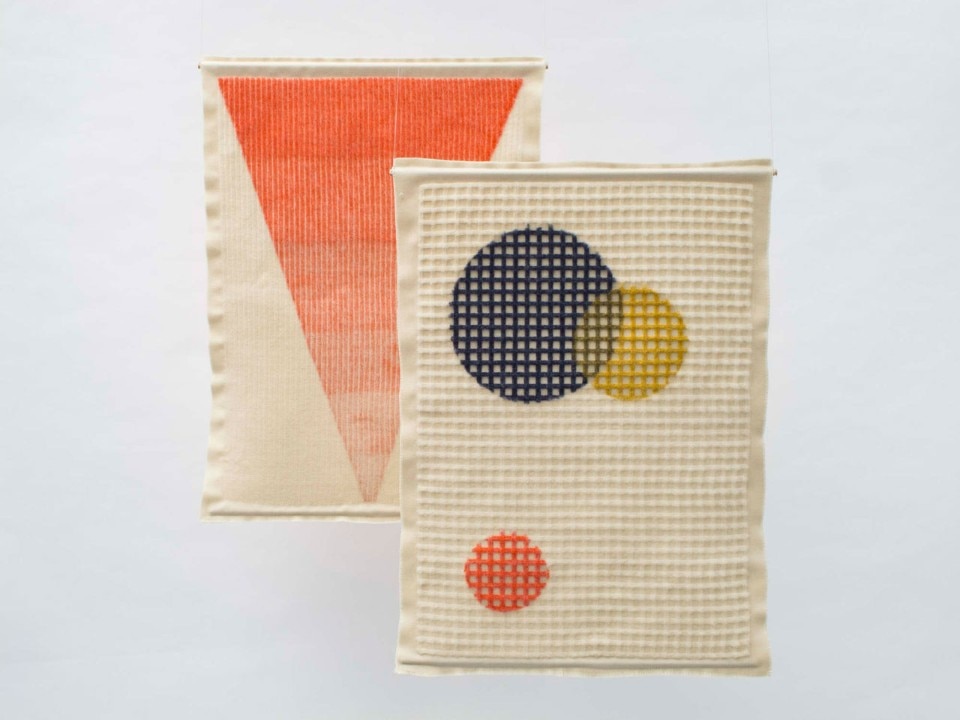
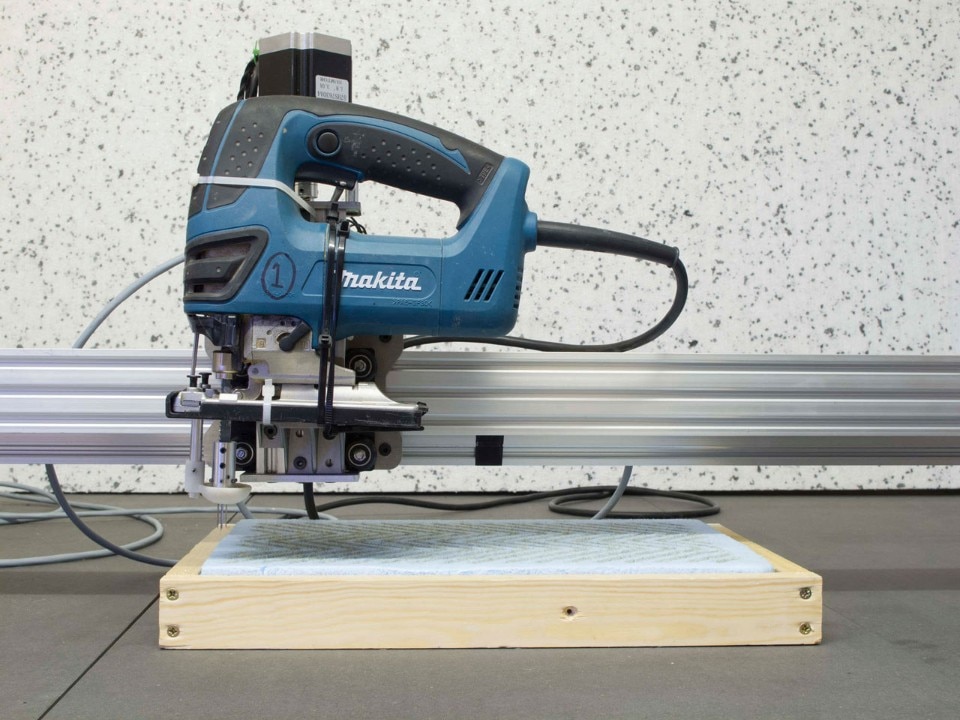
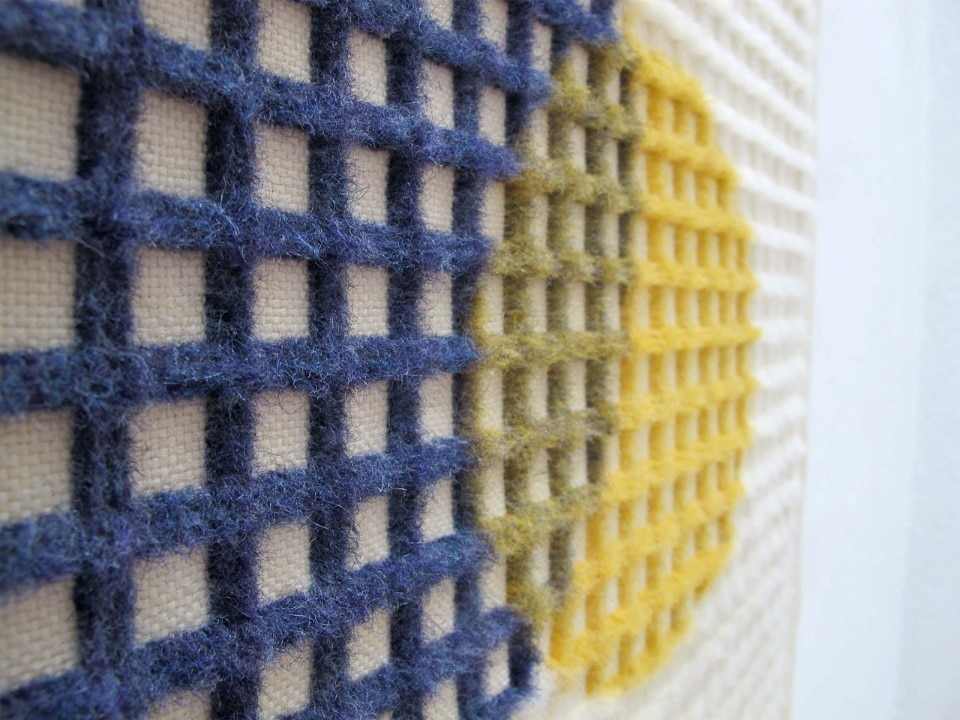
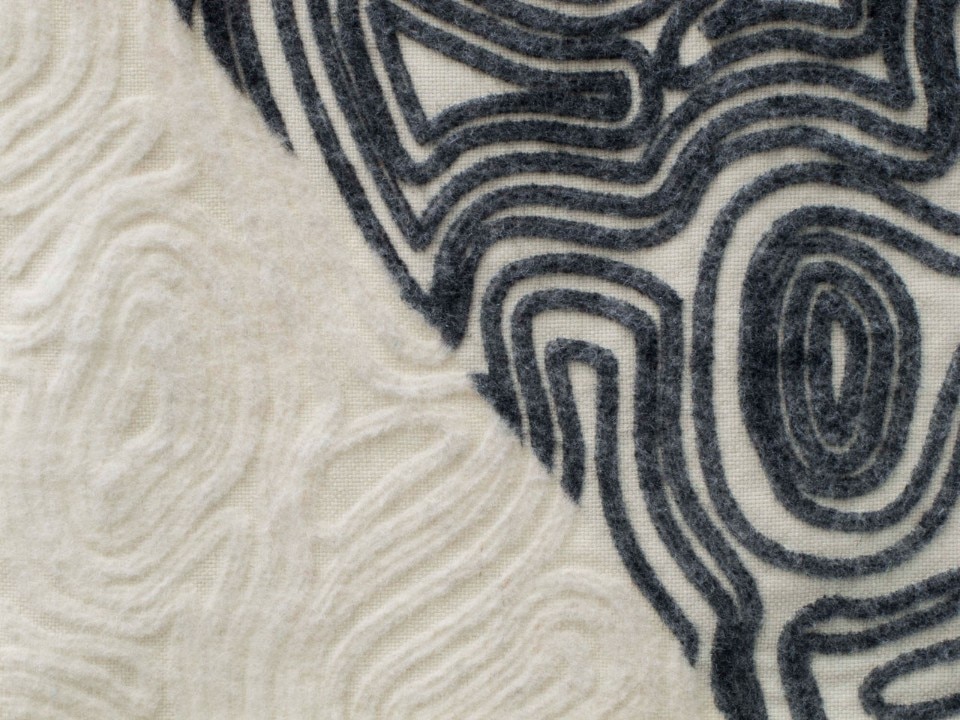
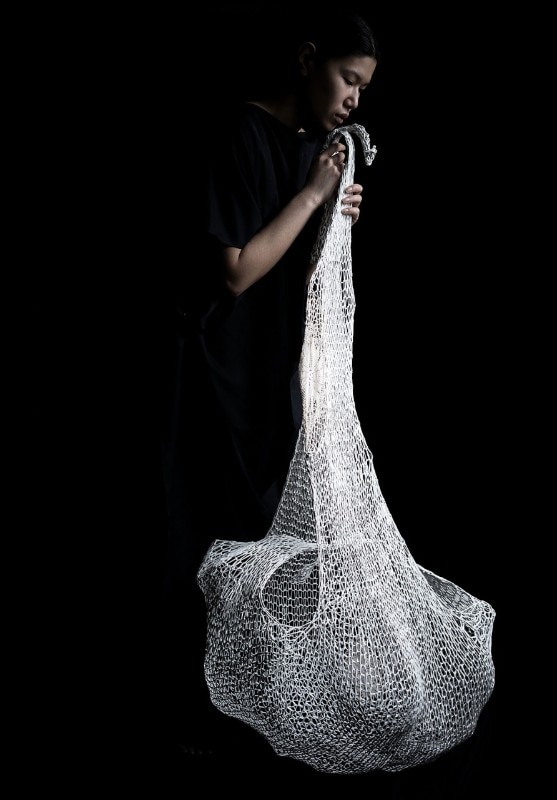

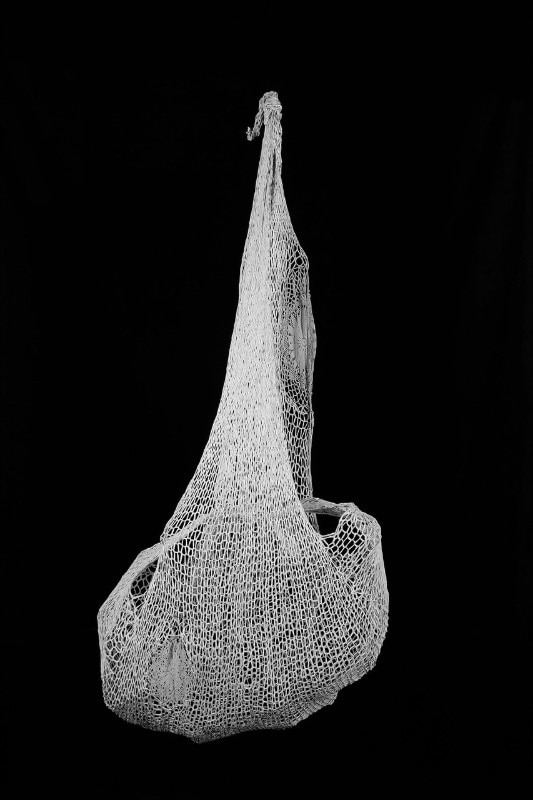
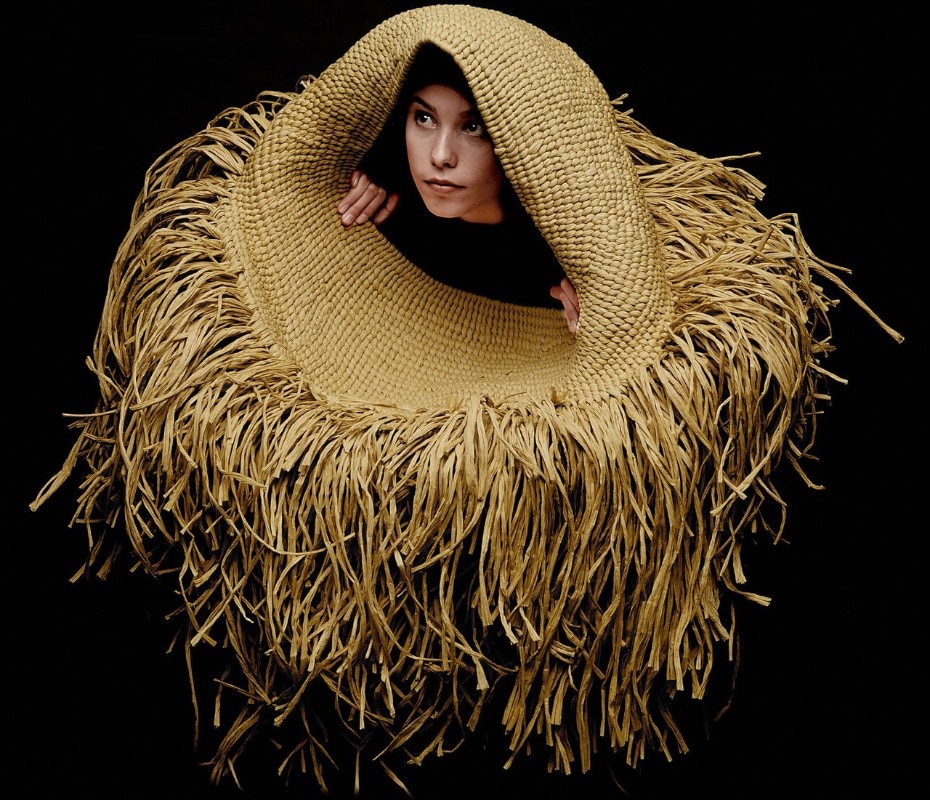
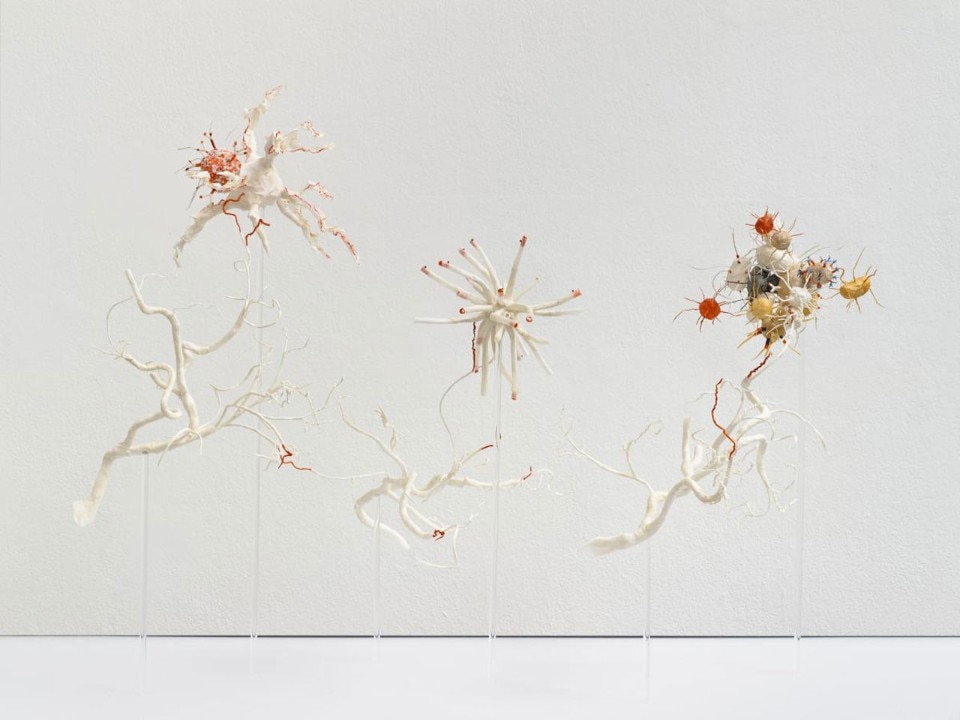
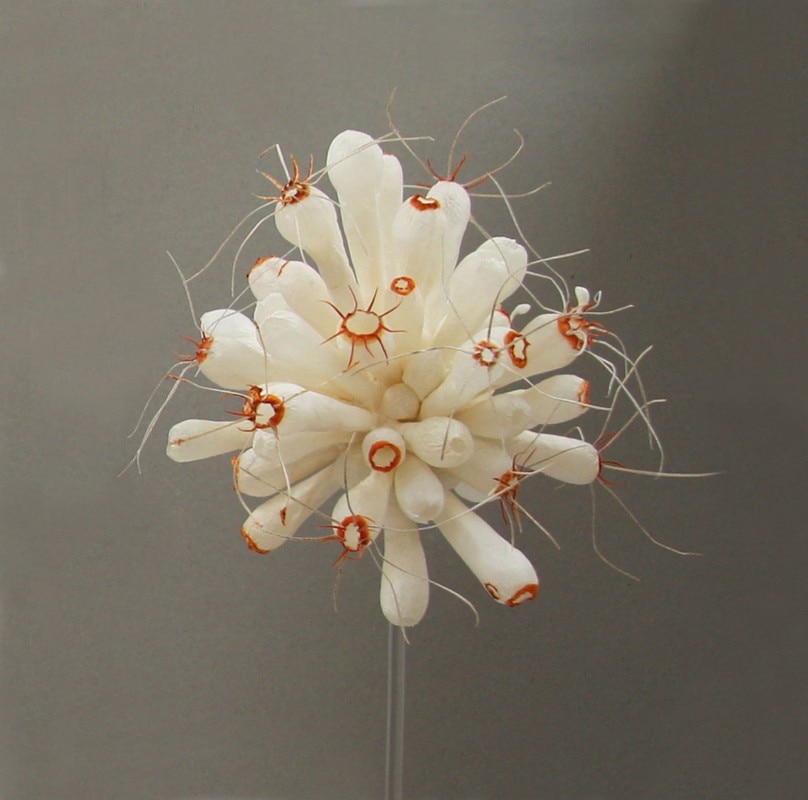
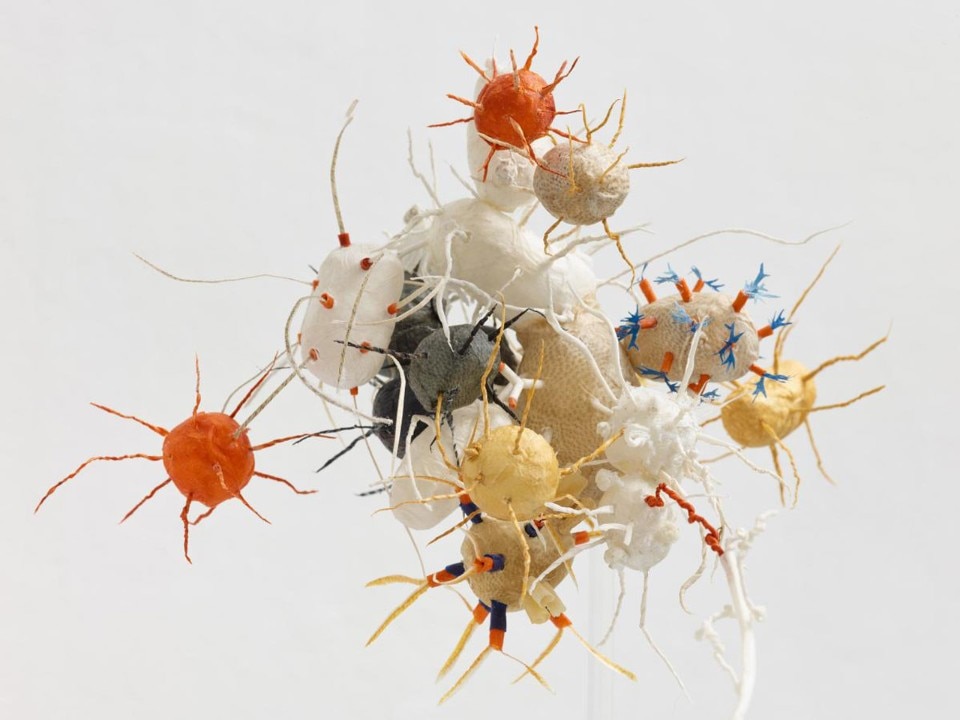





white bracelet front


Nowadays, cutting-edge crafts go beyond the Italian tradition of artistic artisanship called mestieri d’arte, meaning the crafts production that has always been linked to small and medium manufacturing processes, a typical component of this country’s economic and social history. The new processes, instruments and materials of contemporary craftsmanship are leading to innovation and multidisciplinary experiments applied in the fields of science, technology and art. At the same time, artisans are using digital techniques applied to all kinds of materials. Digital tools are revolutionising objects. The combination between craft skills and digital technology is found in examples given by Warburton, including the Artisan Électronique project by the Belgian design studio Unfold; the online platform for local making called Open Desk; and a digital knitting machine called Kniterate.
Unfold
l’Artisan Électronique
Unfold
L’Artisan Électronique
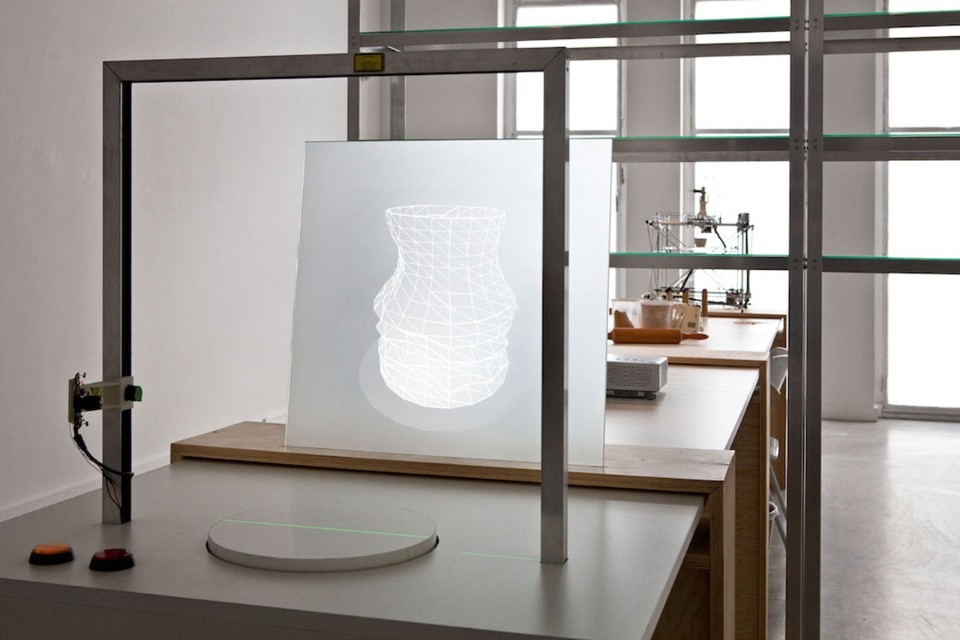
The Crafts Council considers that there is a road map to go from the happy creative accident to a phase of strategic development, meaning that the intelligence of the hand can turn into economically profitable innovation. Last year, the Crafts Council commissioned the auditors KPMG to investigate the processes and economic impact of innovation through craft. In July 2016, it published the resulting report titled Innovation through Craft: Opportunities for Growth, which describes how traditional know-how, driven from the bottom-up and with an open-ended approach, is combining with new tools and processes to drive innovation via the culture of artisanship.
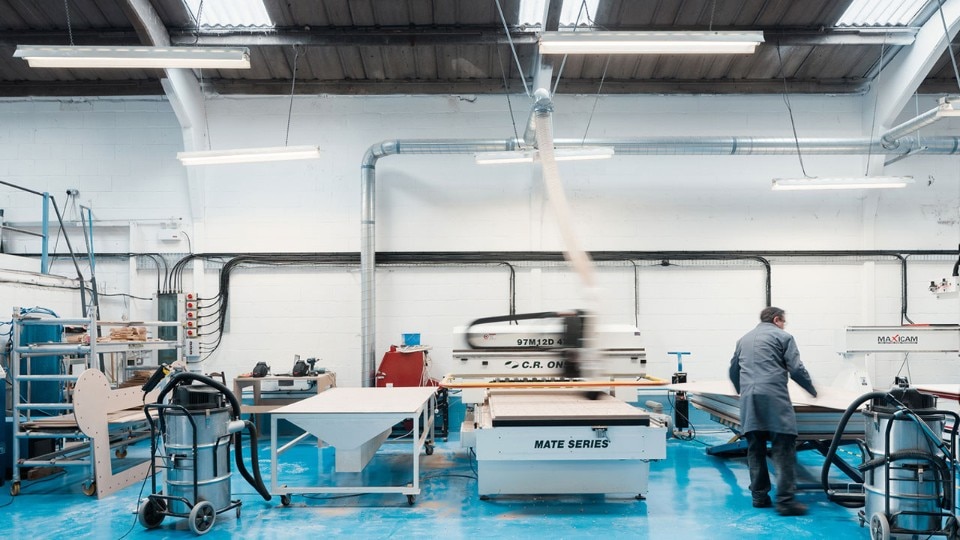
 View gallery
View gallery





This interesting model is not at all in conflict with the complexity of the solid, broad production potential of Italian artisanship, which is historically connected to specialised areas and sectorial skills that have remained a strong suit of the national manufacturing possibilities. Here, virtue probably stands in the middle, meaning in the capacity to free the energy of experimentation of individuals and organisations that are part of the crafts sphere in a specific field of “problem finding”, as the British Crafts Council is doing, and mix it with an extraordinarily creative approach to customised “problem solving”. Niche-related, original types of artisanship can sometimes be scaled up for serial production, a typical element of successful crafts models found in Italy.
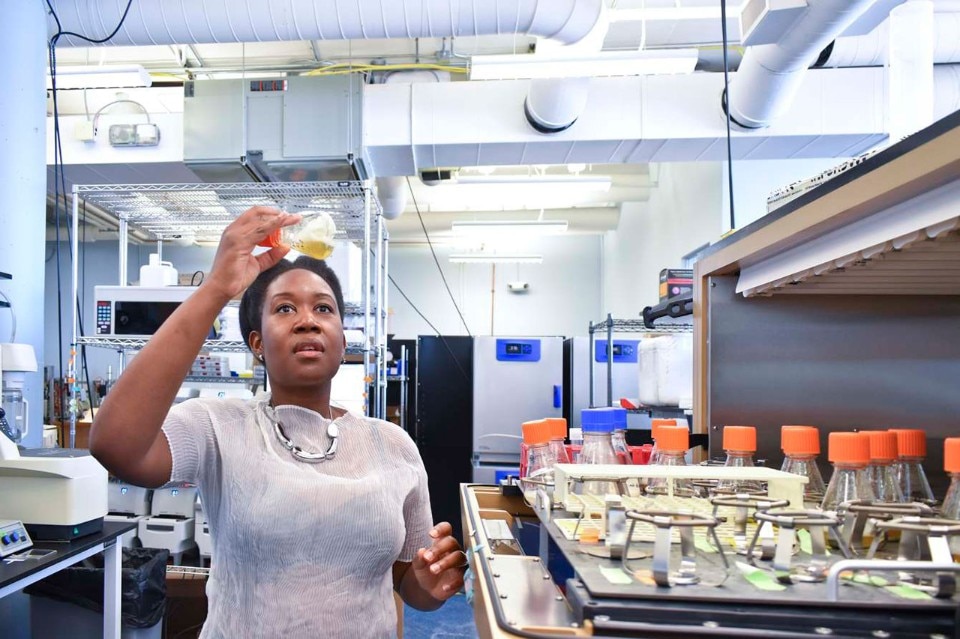
 View gallery
View gallery

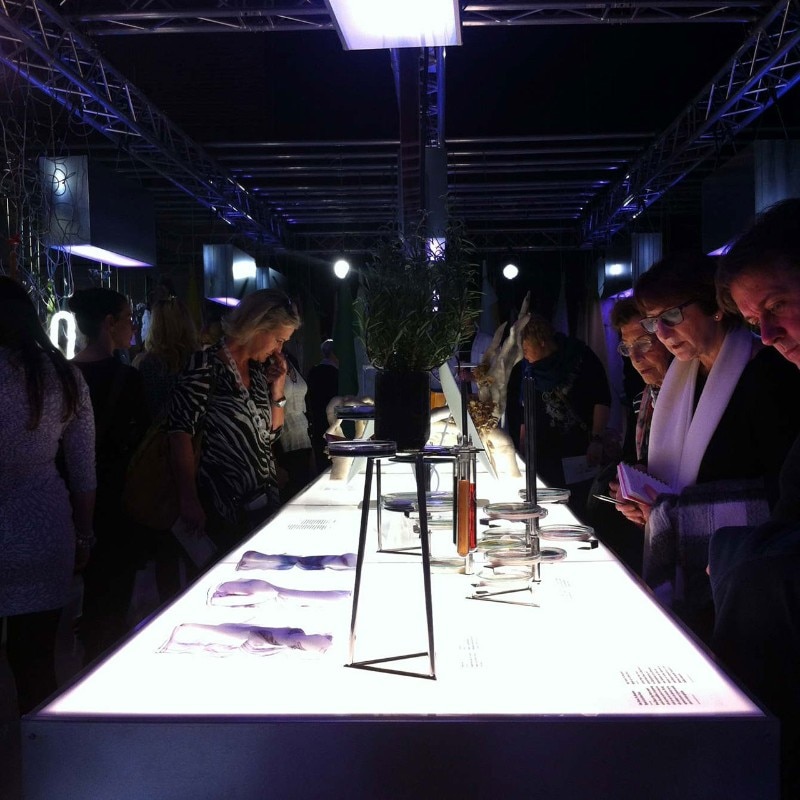
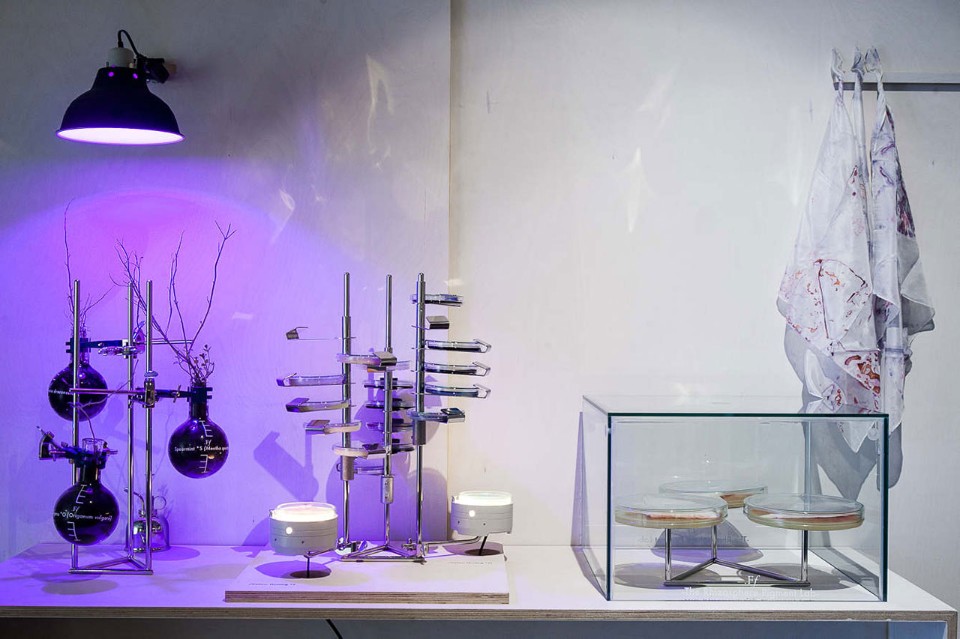
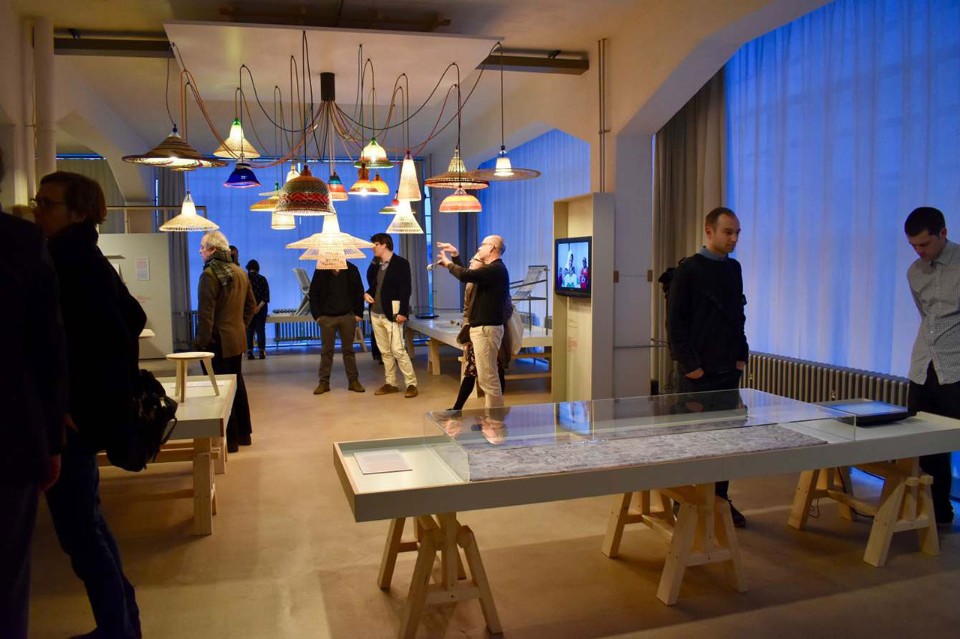



In this vision, the developmental processes of products and services are complementary: analog as well as digital. They can renew traditional practices thanks to the current decrease in the technological scale needed for many instruments and production techniques; thanks to the ability to use direct design collaboration without intermediaries; thanks to crowdfunding that can help with the entrepreneurial launch of products and services; and thanks to the opportunity of building an alternative distribution network by using Web platforms and instruments to implement one-to-one relations that enable the customised production of goods with a high level of symbolic, technologic and economic worth.
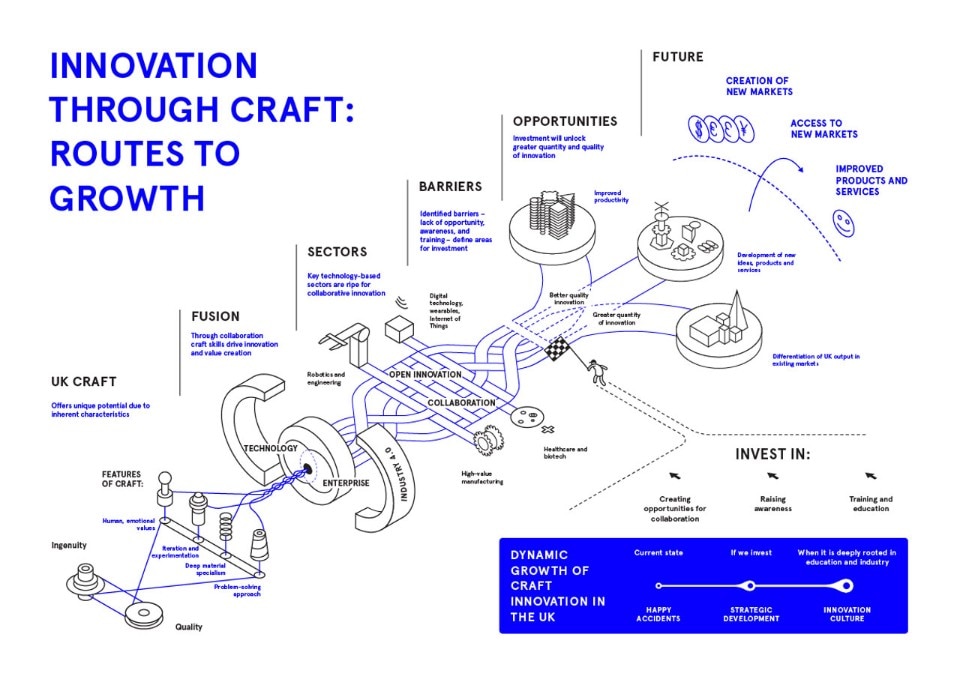
This is an alternative 4.0 strategy that does not just aim at super incentives for the usual production technologies, which are much more obsolescent that people's capacities, but also at super incentives for the building of the so-called soft skills such as the comprehension and management of collaborative processes, learning to learn, lifelong learning, and so on, in order to imagine and nurture a widening and deepening of artisanship that cultivates innovative experimental research.
Perhaps in the end, this coincides with the world of curious, enthusiastic and capable diversity and cross-disciplinary connections between science, technology, art and manufacturing that makes up the history of artisanal and other types of endeavour in Italy.


